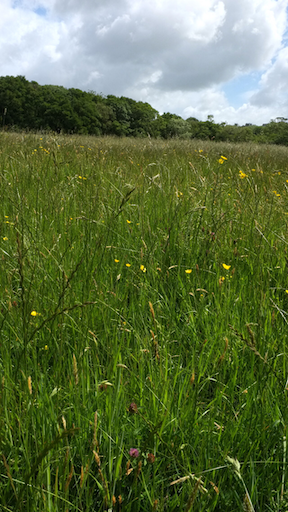Grasslands have an important role to play as part of Chew Valley’s agriculture. They are generally on the lower grade land that is less valued for arable crop production and potentially on more difficult terrain. It is worth noting that the Chew Valley lies over some tortuous geology which in places is expressed at the surface in a complex and characterful land form.

There are a number of different types of grassland, some species-rich and other species-poor. It doesn’t make sense to replace a species-rich grassland with woodland and care should be taken to avoid this. Using satellite imagery or other mapping tools it is difficult to tell what type a grassland is without undertaking a field survey. Types of grassland include:
- Temporary grassland – this is grassland that is actually part of the arable crop rotation and is probably a mono-culture. It is possible to detect temporary grassland from satellite by observation over a period of years.
- Improved grassland – this is grassland that has been “improved” using fertilisers and has probably been ploughed
- Semi-improved grassland has been improved in the past but may have some biodiversity value and can be differentiated into good-quality and poor-quality
- Biodiverse grassland and meadows
There are no comprehensive and completely reliable data on the distribution of grassland types in England. The tools we have to differentiate different grassland types are as follows:
- Natural England’s Priority Habitats data can be used to identify the following categories of relevance in the Chew Valley:
- Good quality semi-improved grassland
- Lowland meadows
- Lowland calcareous grassland
- Lowland dry acid grassland